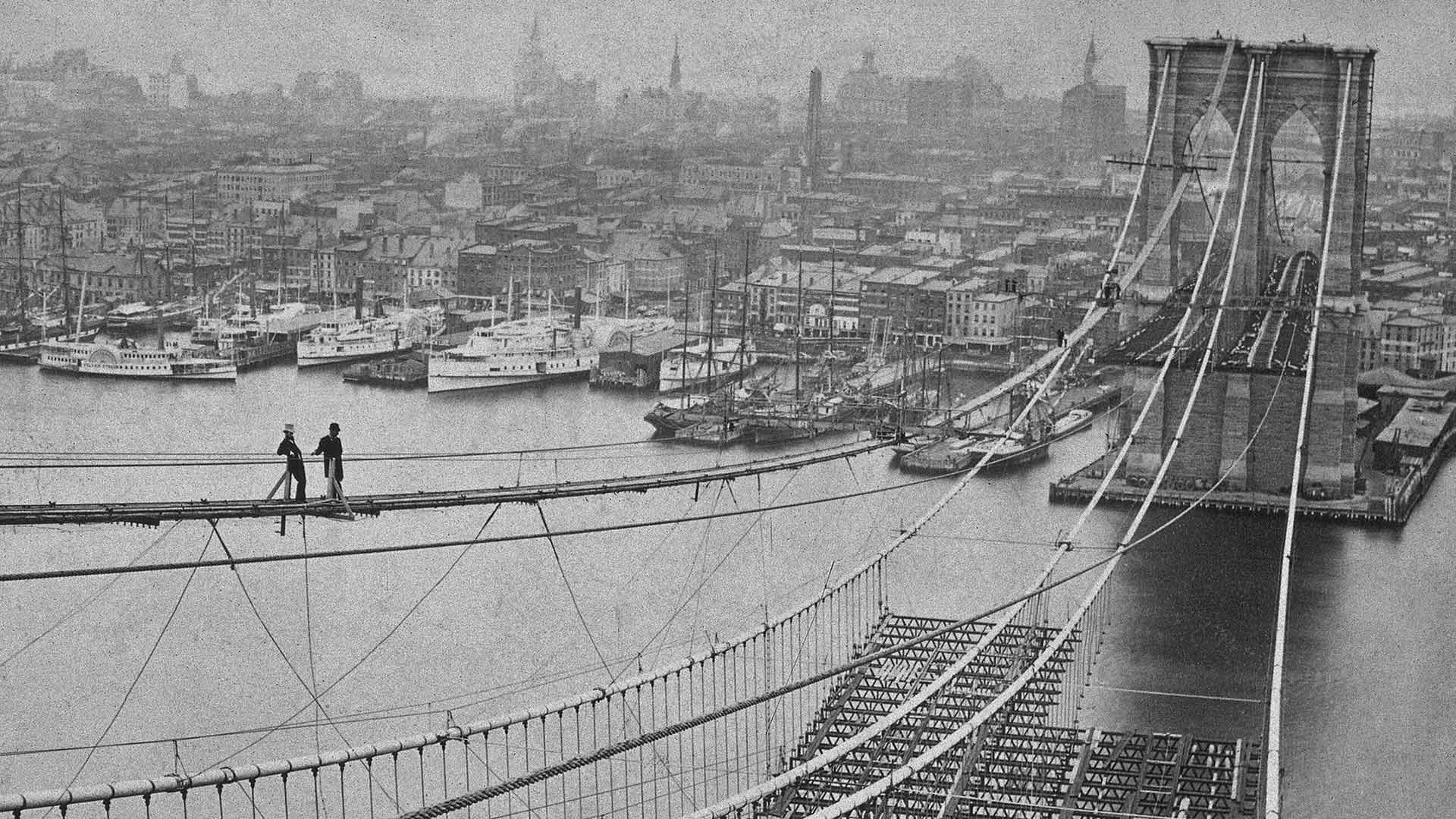When it comes to choosing and installing a flexible fuel hose for your burner, there are a few key points to consider to ensure optimal performance and safety. In this ultimate guide, we’ll walk you through the steps of selecting the right flexible fuel hose for your specific needs and how to install it correctly for efficient operation.
1. Determine your fuel type: The first step in choosing a flexible fuel hose is to identify the type of fuel your burner uses. Whether it is natural gas, propane, heating oil, or another fuel source, it is important to select a hose that is compatible with the specific fuel type. Different fuels have varying pressure and temperature requirements, so choosing a hose that can withstand these conditions is crucial.
2. Select the Right Hose Material: Flexible fuel hoses are available in a variety of materials, including stainless steel, copper and rubber. Each material has its own advantages and disadvantages. It is therefore important to consider factors such as corrosion resistance, flexibility and cost when selecting the appropriate pipe material for your burner.
3. Determine the length and diameter: The length and diameter of the flexible fuel hose will depend on the distance between your burner and the fuel source. It is important to measure the distance accurately to ensure the pipe is the correct length and diameter for optimal performance.
4. Consider ease of installation: When choosing a flexible fuel hose, it is important to consider how easy it will be to install. Look for hoses that come with fittings and connectors compatible with your burner to make installation as seamless as possible.
5. Install the hose correctly: Once you have selected the correct flexible fuel hose for your burner, it is essential to install it correctly to ensure safe and efficient operation. Be sure to follow the manufacturer’s installation instructions, including securing the pipe with clamps or brackets to prevent leaks or damage.
6. Regular Maintenance: After installing your flexible fuel hose, it is important to inspect and maintain it regularly to ensure optimal performance. Check for signs of wear or damage, such as cracks or leaks, and replace the hose if necessary.
In conclusion, choosing and installing a fuel hose for your burner is a crucial step in ensuring safe and efficient operation. By following these guidelines and selecting the right hose for your specific needs, you can enjoy trouble-free operation and peace of mind knowing that your burner is operating without problems.







